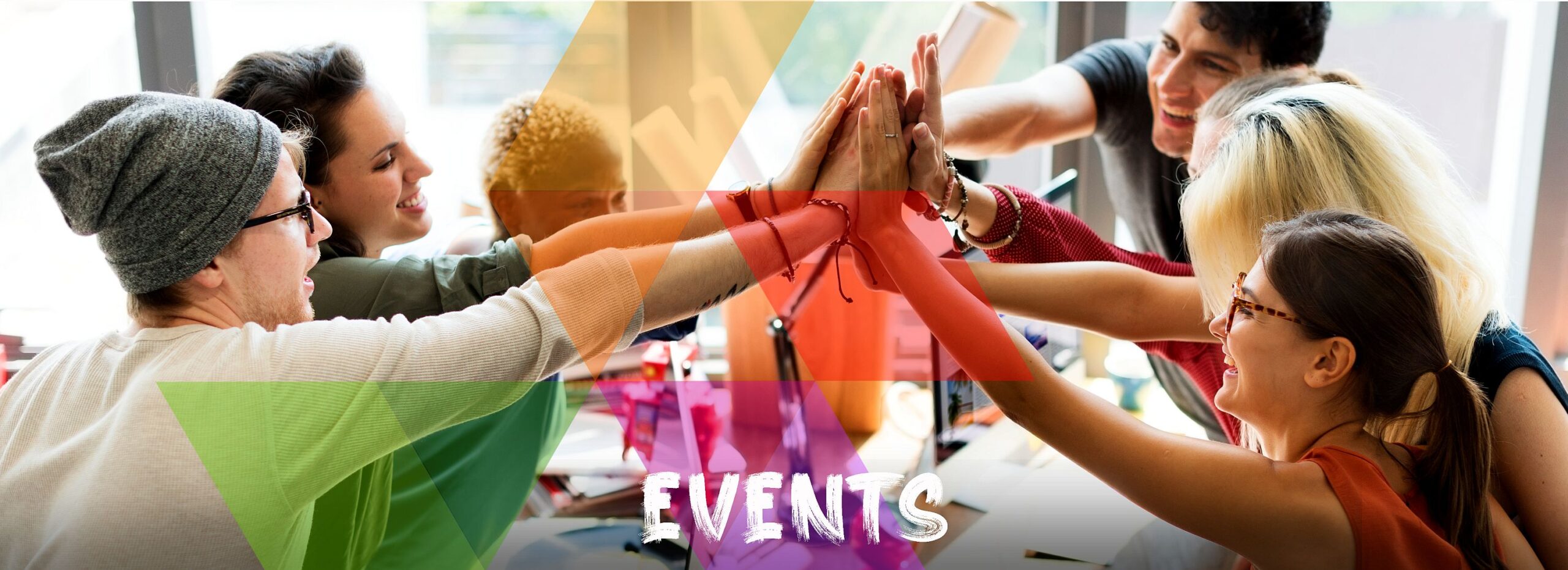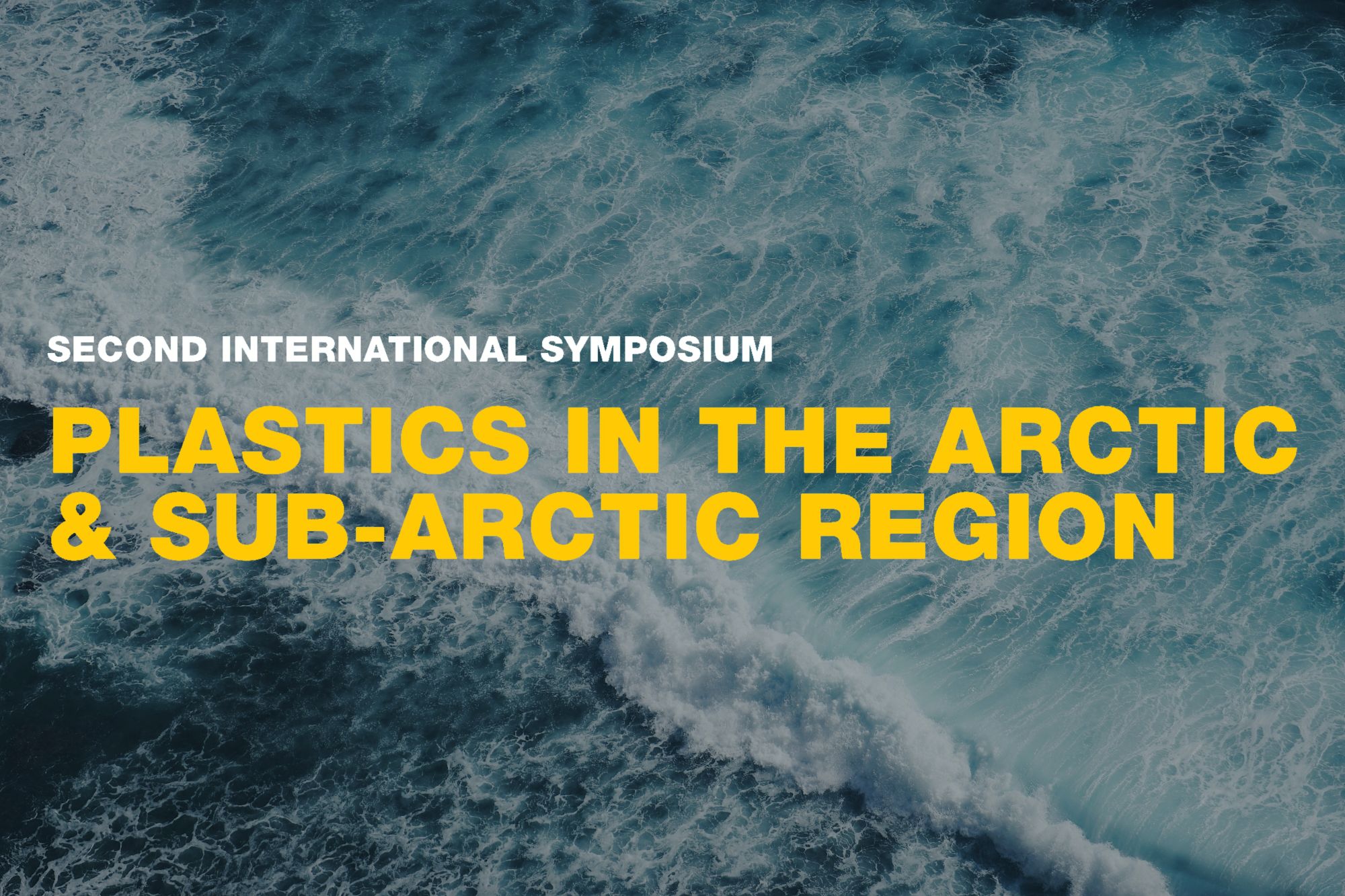Plastic pollution is an increasingly serious problem in the Arctic, where it exerts a damaging effect on the ecosystem already struggling under climate change. Luckily, it’s not only the amount of mismanaged plastic waste that has been on the rise over the last few decades. It’s also the amount of attention, scientific and otherwise, that the problem attracts.
We all seem to agree on one thing. Plastic does not belong in the environment. Beyond this point, however, consensus becomes a rare commodity, not least because of the immense complexity of the pollution problem. And so, in order to take full advantage of what has been learnt so far, to share successes and failures, and to identify important knowledge gaps, the Government of Iceland, with the support of the Nordic Council of Ministers, held a Symposium on Plastics in the Arctic and Sub-Arctic Region. The event took place in March 2021 and even before it came to a close, there was no doubt that a second edition would follow.
The Second International Symposium on Plastics in the Arctic and Sub-Arctic Region, known simply as the Arctic Plastics, took place in late November 2023 at Harpa Concert Hall and Conference Center in Reykjavík, Iceland.
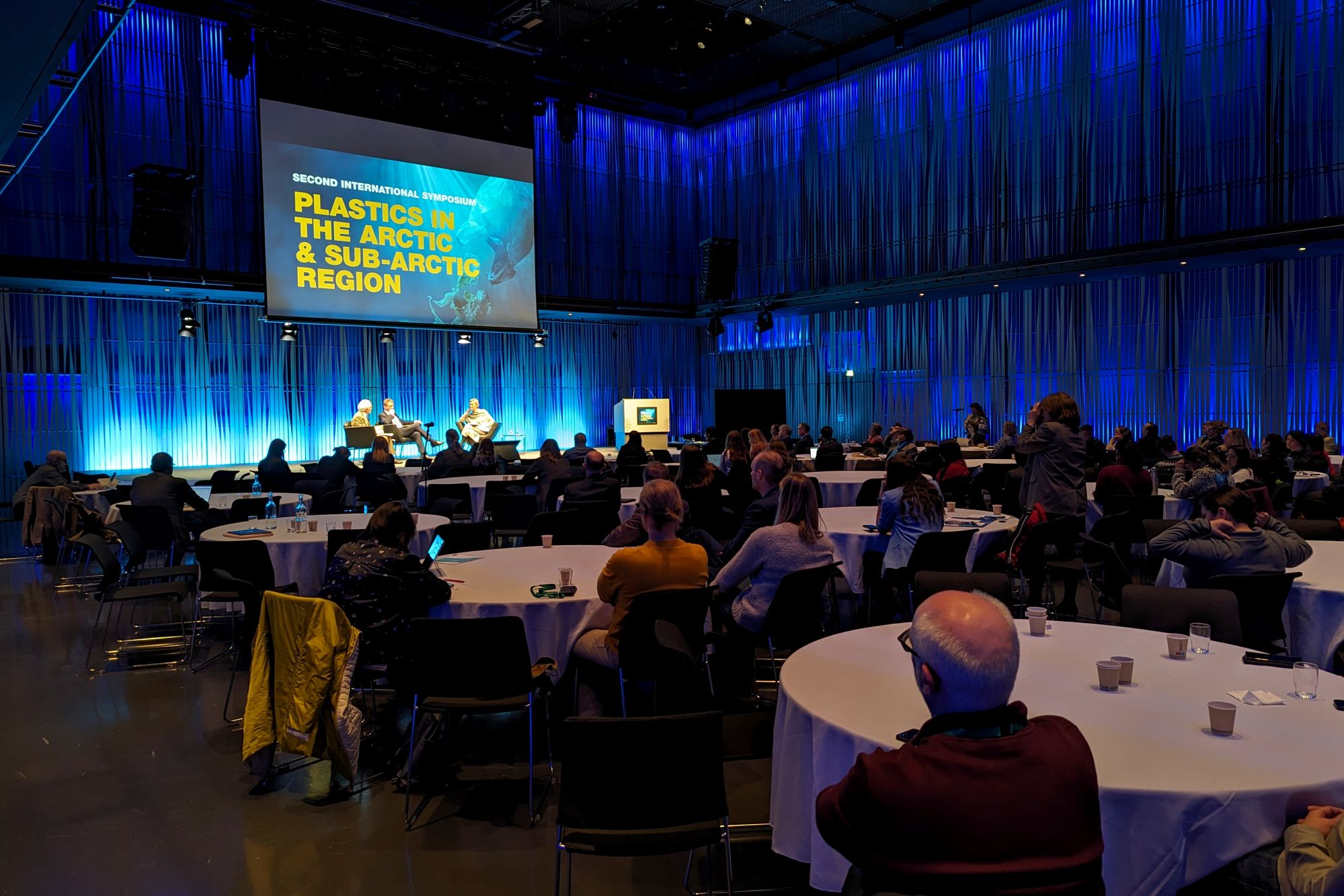
© Barbara Jóźwiak, forScience Foundation
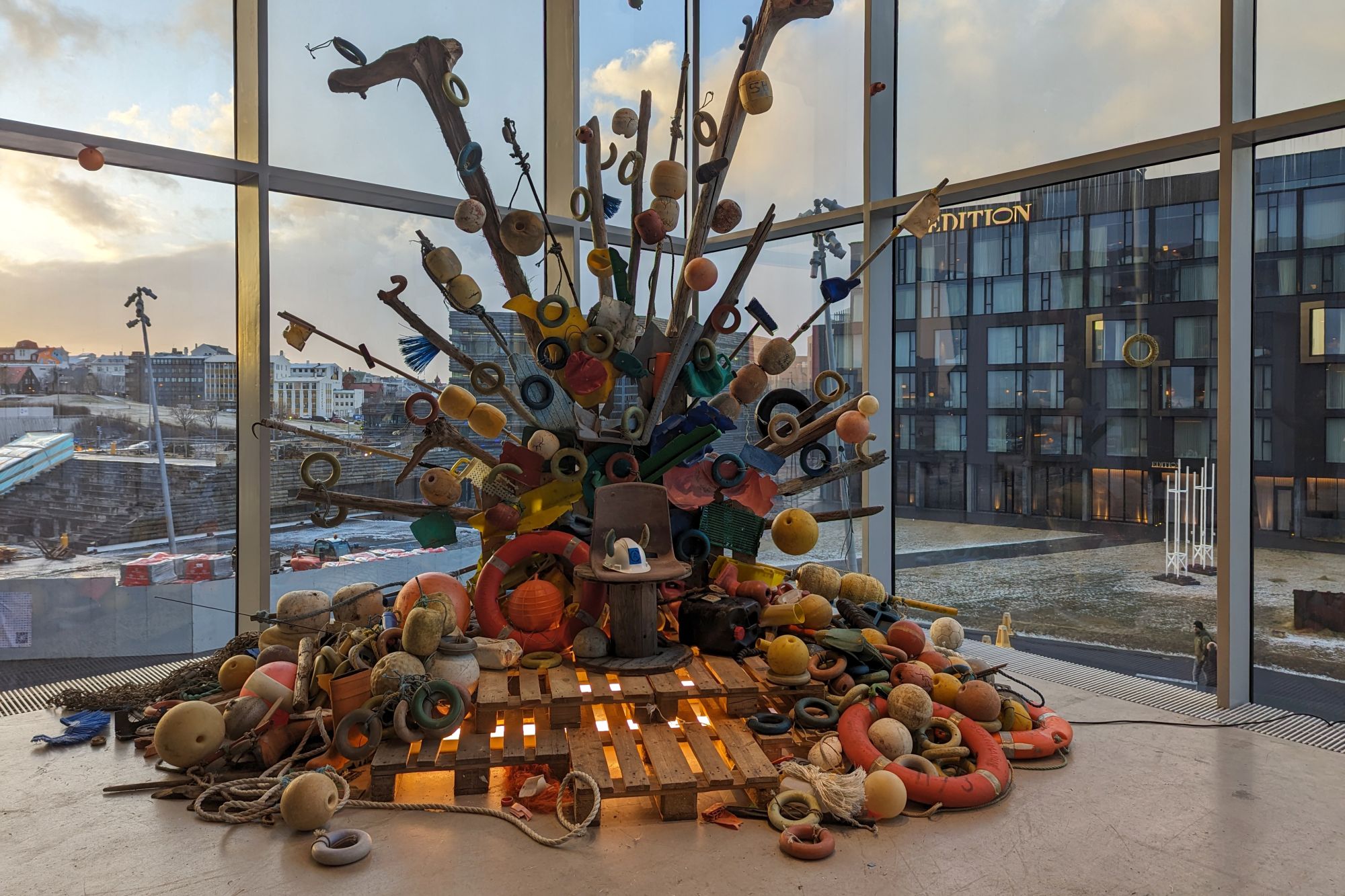
© Barbara Jóźwiak, forScience Foundation
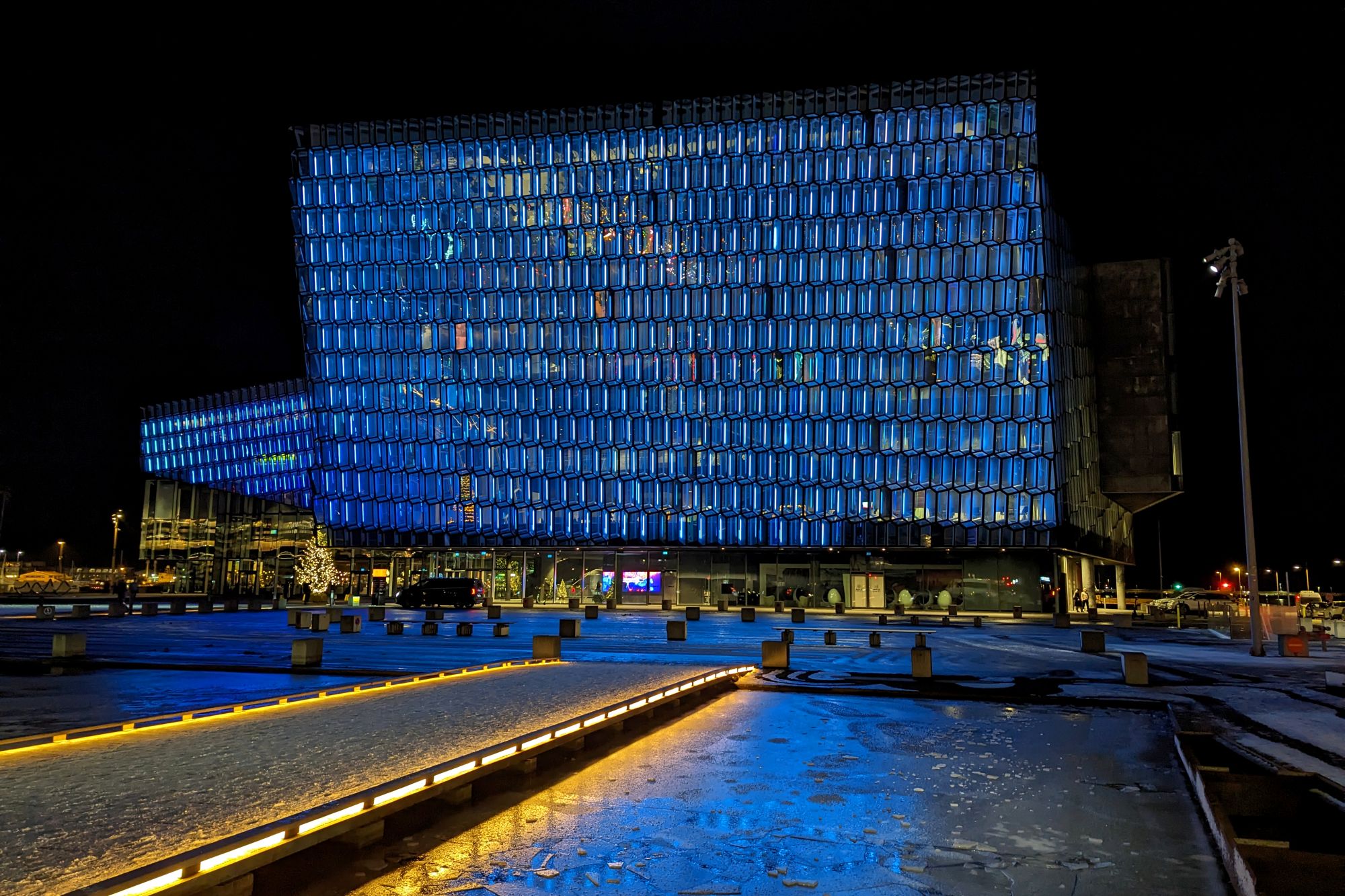
© Barbara Jóźwiak, forScience Foundation
The Symposium offered its participants a valuable glimpse into recent pollution-related scientific findings, Indigenous knowledge, bottom-up initiatives, legislative ideas and just about everything in between. It was fast-paced, intense and thought-provoking. Did it manage to plant a seed of much-needed change into the plastic status quo? Only time will tell.
I think oftentimes we should dare to take action when we see the trends, and not only when we know enough, because we never know enough. We should continue doing the research to confirm what we are seeing, but we don’t need to wait to act.
Gunn-Britt Retter, Saami Council
The Arctic Plastics Symposium program was bursting at the seams with over sixty pollution-related presentations, each falling into one of the six main thematic categories:
- Monitoring and assessment of plastic pollution in the Arctic
- Methodological developments to determine macro-, micro- and nanoplastics
- Sources and transport of plastic in the Arctic and sub-Arctic
- Impacts of marine litter in the Arctic (environmental, economic and social)
- Arctic challenges and solutions for improved waste management
- Tackling plastic pollution: international collaboration, policies, best practices and novel developments from around the world
We too had a chance to share our insights. What about? The title of Adam’s presentation says it all.
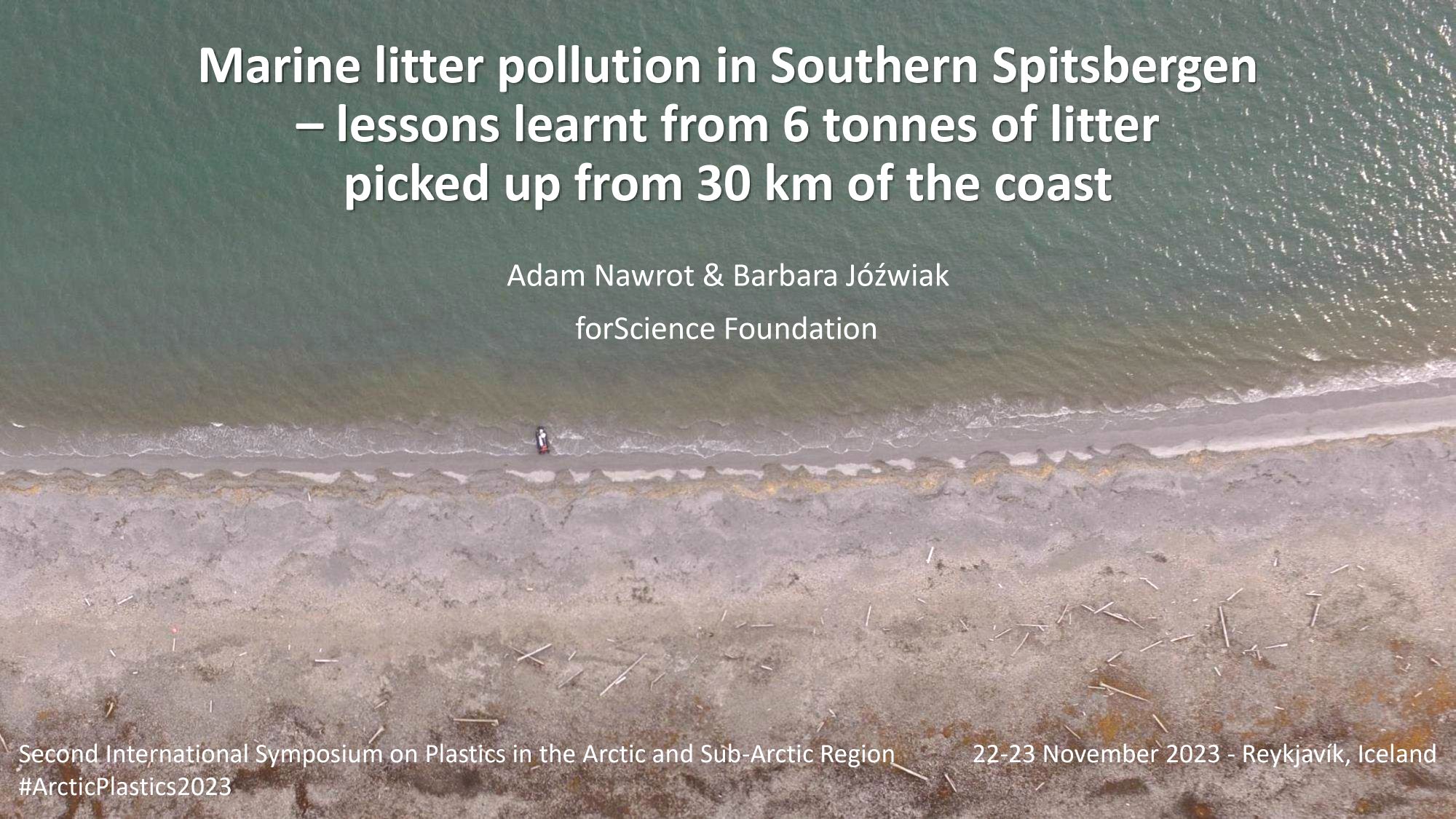
And what lessons did we learn in Iceland? That the Third International Symposium on Plastics in the Arctic and Sub-Arctic Region, which will take place in April 2026, is not an event to be missed. And perhaps that late November is not the best time of year to enjoy Iceland’s beauty.
To learn more about what happened at Arctic Plastics 2023, visit the event’s official website. For even more details, check out the Symposium Summary available here.

